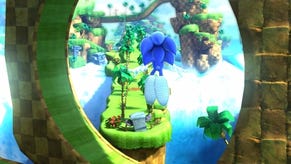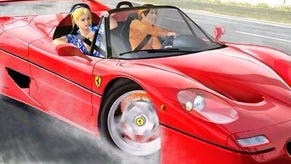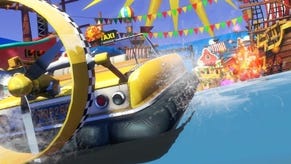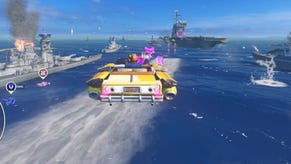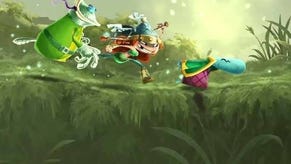Face-Off: Sonic & All-Stars Racing Transformed
Four-way fury: Wii U takes on PS3, 360 and PC.
Having caught us off-guard with Eurogamer's 9/10 score last year, Sonic & All-Stars Racing Transformed is Sumo Digital's shining moment - a clear step forward from the studio's first stab at a Sega-themed racer in 2010. With new features such as terra-forming tracks, and cars that smoothly morph between planes and boats in response, the good news is that the execution very much lives up to the concept. These are far more than gimmicky bullet-points to occupy the game's blurb-space; instead, the flying and boating mechanics have been an area of major focus, resulting in a starkly different breed of racer to its precursor.
Tweaks to the in-house Sumo engine are at the heart of the shake-up. Most significantly, a new "Starlight" editor has allowed the team to add fully dynamic lights to tracks, while a more complex physics engine is used to bring the airborne and sea-based racing to life. Where the previous game's driving mechanics may have felt a tad simplistic, these new physics allow for simulation of bobbly terrain and lashing waves, affecting a vehicle's inertia, grip, torque and downforce as they go. Gone are the floaty controls and flat pathways of previous game Sonic & Sega All-Stars Racing; in their place stand courses littered with opportunities to splash high into the air and earn speed boosts from carefully timed tricks. It's dynamic, less predictable, but ultimately the more rewarding experience for the adaptive player.
With tracks built in memory of cult favourites, even including Skies of Arcadia and Panzer Dragoon, the game feels conscientious in its handling of Sega's legacy - clearly a "for fans by fans" kind of deal. It's also a respectable release for being so very multi-platform in nature, developed on just about every platform outside of iOS. Having made the cut for the Wii U console launch, alongside versions for the PS3 and 360, we've since seen Vita and PC ports following in hot pursuit - the latter finally hitting stores last weekend. To compare the console versions, and the PC running at maximum settings, we have a huge quadruple-format gallery for you to flick through, plus a range of head-to-head videos.
Let's take a hard look at how the Wii U version in particular stacks up to its console brethren, and also the latest PC code. Nintendo's platform has had a mixed run with its multi-platform endeavours so far, but in the case of Sonic & All-Stars Transformed we see a big effort being made to tailor for the GamePad's extra screen. Besides support for five simultaneous players in versus modes, new options are also added for asymmetrical play. This includes Monkey Ball mode, where the GamePad player takes control of a giant ball - the objective being to squash all the opponents while they attempt to tally as many bananas to their score before the timer runs down. Of the split-screen crowd, the winner is the last surviving racer with the most points.
"Out of all the console versions, only PS3 renders at native 720p resolution. Meanwhile, the PC version hosts a vast array of visual improvements."
Alternative comparisons:
- Sonic All-Stars Racing Transformed - Wii U vs. Xbox 360
- Sonic All-Stars Racing Transformed - Wii U vs. PC
- Sonic All-Stars Racing Transformed - Xbox 360 vs. PlayStation 3
Less impressive is the Ninja Tag mode, which starts with the GamePad user being "infected" and the goal being to bump into the other four players until each are converted to your side. It's daft fun, but using the discrete screen doesn't offer as many unique advantages as its uses in, say, the Mario Chase game in Nintendo Land, and there's no real attempt to apply the touch-screen either. The player's controls are essentially the same as the other racers' using the main screen, and both modes could feasibly have been added to any other version without losing the basic gameplay hooks. Even so, the principle of having five players is obviously a huge plus - no doubt one we'll be seeing more of in future shooters and racers - and it's even possible to take this whole party online. We can't argue with that!
Going single-player with the GamePad has its perks, too, with an overhead 2D map always present on the lower screen (although, as with Black Ops 2, there's really no ideal moment to glance down). More useful is a rear-view mirror that pops up when you raise your controller, while a camera perspective for homing missiles, as they near an enemy, falls under the "gimmick" column. Of course, there's also the option to play purely on the GamePad's screen. It's very playable, despite the streamed image appearing to run at a lower native resolution than the screen's optimal 854x480, leading to a a slight murkiness to distant details.
On the main screen, Nintendo's platform manages to output a native resolution of 1024x576, with a post-process approach to anti-aliasing running over the top. Compared with the full 1280x720 frame-buffer we see running on PS3 - also benefiting from this AA treatment - it's surprising that such a downgrade doesn't impact the Wii U version so negatively. The worst of it boils down to a subtle moire noise pattern forming across fencing when viewed from afar, and a few rougher edges on the Shibuya Downtown stage. This doesn't amount to anything drastic during play. By comparison, the 360 renders at a 6 per cent higher overall pixel count of 1152x544, with similar artifacting issues disguised by the efficient AA. In general, the PS3 does look the sharpest of the bunch by a narrow margin, but the other two formats acquit themselves very nicely thanks to the frequency of the motion blur.


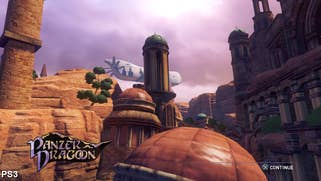
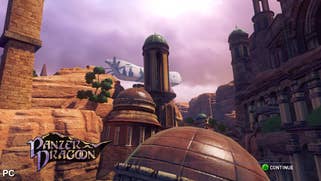
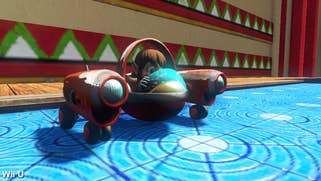





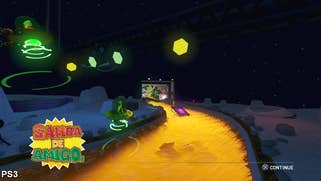

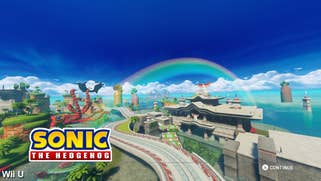
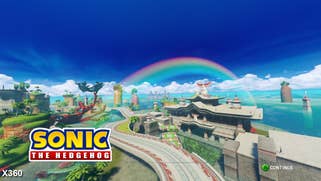
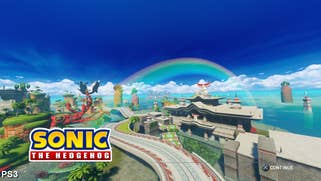
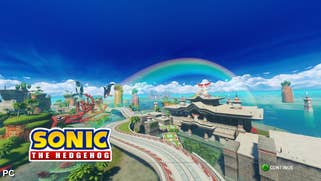
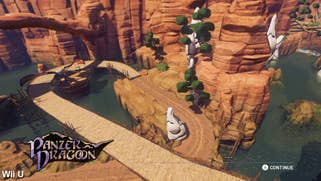
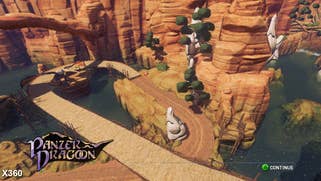
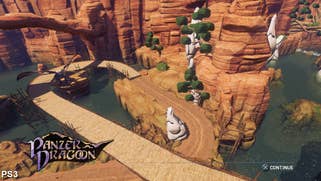
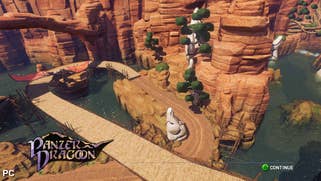
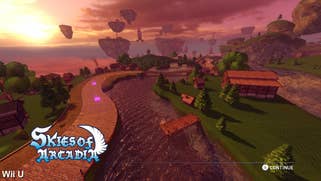

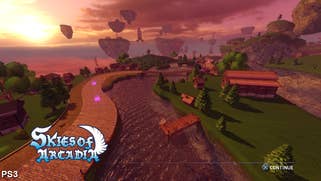
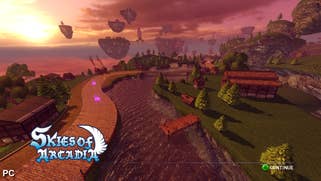

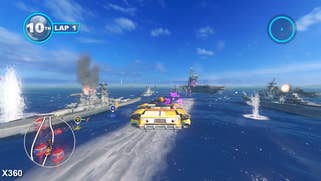
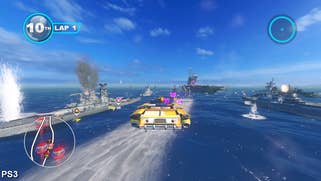

Lead director Steve Lycett has also strongly indicated that the Wii U version features bumped-up texture quality, but we've scoured the game's many levels for one-to-one shots on each platform, and the actual improvements are often difficult to pick out. In fact, it's the PS3 version that turns up with markedly higher-quality assets of the three console versions overall. In one case, we see the red cliffs on the Panzer Dragoon circuit matching up to even the PC version's level of detail, while the Wii U version fares a little better than the blurry textures we see on 360. This level appears to be an anomaly in the grand scheme of the game, and many assets between the three consoles are nigh-on identical elsewhere.
In every other metric, from stage lighting to ambient occlusion around vehicles, the three consoles deliver an extremely similar grade of visual fidelity, with only minor discrepancies to separate them. Even the PC version's shadows and water shaders appear identical when set to highest quality, though superior textures and broader geometry draw do give this version a marked edge. Options for higher resolutions are inherently available to this version, which removes the muddiness we experience while playing the Wii U and 360 versions in split-screen mode. Seeing the game through a 1080p window is enlightening for solo play too, bringing out the vastly improved reflection mapping on the Scorpion enemy during the Sunshine Coast stage, and a notable increase in trees and huts across Skies of Arcadia's floating islands.
The only grating element in the PC's visual make-up is that the 2D skybox quality hasn't scaled up accordingly, meaning certain backgrounds can look rather blurry. A minor gripe for an otherwise well-rounded port though, which rewards those who waited so long by adding three new exclusive characters, hailing from the universes of Shogun 2, Football Manager and Team Fortress. The PS3 version is sadly missing any such console-specific characters, but the Wii U version allows Miis to join the fray in an OutRun-2 style vehicle. And of course, the 360 gets a similar treatment with an Avatar-based character making the cut.
From close inspection of each disc's table of contents, the 900MB increase on the Sony version mainly caters for a larger sound pack, and alternative 50Hz versions of all video files. No major difference is apparent here for the core assets, and based on visual evidence here we suspect this is true of the Wii U version as well. Elsewhere, the PC version throws up an extra 1.5GB of bulk in its GameAsset archives, containing the sharper textures we see across the whole game.
"Post-process AA is really heavy on all versions, but the pixel-crawling artifacts are less impactful on PC at higher resolutions."
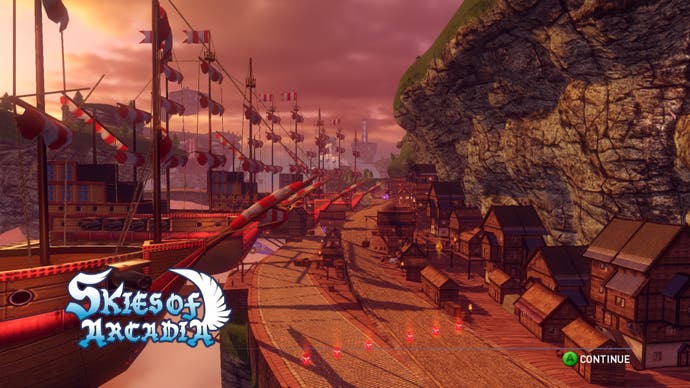

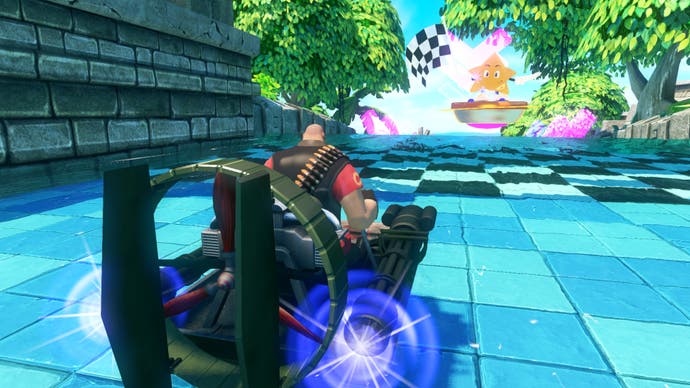
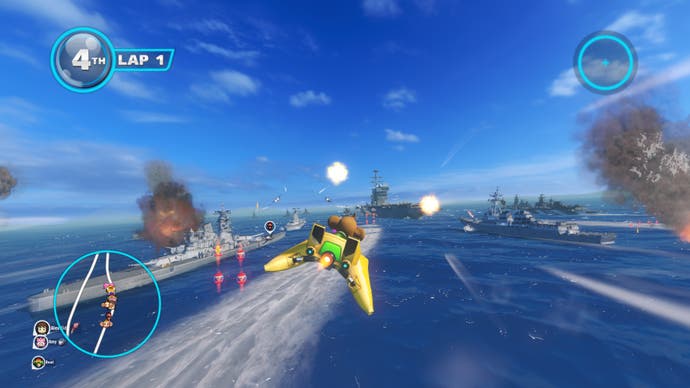
Sonic & All-Stars Transformed: performance analysis
On to performance, and on Wii U we see a strong push for 30FPS, similar to the PS3 and 360 editions. On abandoning the 60FPS ideal preferred by most racing fans, director Steve Lycett states that the game's mechanics took a firm priority. He explains that "the water is the main reason as it's a fully dynamic surface with proper physics" with the secondary reason being that "the huge scale of the landscapes, we're going as epic as we can". It's a tough call, but likely the right one given that these new mechanics form such an integral part of the game's revised design.
Looking at performance on PS3, 360 and Wii U, we get a very wide spectrum of results. Firstly, it seems the scripted pre-race scenes hold very true to that 30FPS target, with the only major slip downwards coming during a camera sweep across the indoor whirlpool on the Monkey Ball stage. As far as tearing goes during these synchronised scenes, we detect just a few instances of dropped v-sync on PS3 and 360 during explosions on the After Burner flight path.
As far as unsynchronised gameplay is concerned, the Wii U proves it is entirely immune to tearing. The use of permanent v-sync is a huge coup for the format as far as image quality goes, while occasional tears on 360 can be picked out when alpha buffers fill the screen. Looking to Sony's platform, we see more prolonged stretches of tearing occurring during cruises across the waves, with the 360 version also joining in for shorter spells - likely a result of the heavy physics-work being used for these sections. Once again, it's hard to catch these torn frames out with the naked eye alone, due to the motion blur applied to the screen while driving. As such, it's not a deal breaker.
"PS3's resolution advantage is off-set by more frame-rate dips and obvious screen-tear. Only the Wii U version is v-synced and tear-free."
As for the refresh rate, we see the 360 commanding the most stable lock on 30FPS of the three consoles, with only the odd dips during water-bound sections. Even with the heavy dropping of v-sync, the PS3 still has to resort to as low as 20FPS while travelling through the Panzer Dragoon circuit's boating segment - not aided by hornet power-up, which obscures the path. The Wii U takes a happy middle ground here, and only really lets itself down with expansive environments occupied by moving geometry, such as the rogue ships on the Skies of Arcadia stage. Down to 25FPS it goes in this case, but for most other levels it mimics the 360's smooth frame-rate.
We also have a dip into the multiplayer capabilities of the Wii U, to see if running with all five players at once gives it any kind of difficulty. As it transpires, it does have some issues in this area, with Knuckles' Sanctuary stage immediately dropping us down to a sobering 20FPS in the face of multiple floating ruins and oncoming clouds. This figure happens to be the average level of response for every subsequent stage, besides the less demanding party games, such as Banana Heist and Ninja Tag. Nevertheless, this is largely par for course on the 360 version too, from our experience of four player split-screen races, and adding that extra fifth player on Wii U gives us comparable levels of judder on-screen.
Ambitious though it is, stability is sometimes at stake with five players connected. Over the course of a two-hour session, we experienced two software locks, with the Wii U shell prompting us to reset the console before we could resume. This only pops up during character selection and level loading screens for multiplayer games, rather than the Career mode, but it's still a sign that five-player scraps may have received less attention during QA testing. Even so, it's an ambitious feature that, with a little ironing out, could become a very potent advantage for future Wii U ports.
"Four-player split-screen on all versions sees a frame-rate impact, though Wii U adds a further player to the action via the GamePad display."
The PC has its own set of issues too, though these proved less intrusive. Our i5-2500k PC, fitted with a GTX 670, saw one crash common to many other players, causing the game to exit and deliver an "ASN_App_PcDx9_Final.exe has stopped working" prompt. We are informed that only certain hardware setups are prone to this, and stability issues are high on Sega's patch list. The port is otherwise sound, however, with all the aforementioned graphics settings running maxed out, and not once dipping below 60FPS on our hardware. For those looking to get a smoother game out Sonic & All-Stars' split-screen modes, the much-improved performance and support for four 360 controllers make this very much worth the effort.
Sonic & All-Stars Racing Transformed: the Digital Foundry verdict
Overall, the Wii U version doesn't disappoint with its generally solid frame-rate in solo play and its permanently engaged v-sync. Evidence of superior textures isn't in abundance, but there are occasions where it surpasses 360 - such as on the Panzer Dragoon stage - and the sub-HD resolution it operates at gives largely comparable image quality to the other consoles. Of course, a high watermark is planted by the PC version's support for superior textures, improved reflection mapping and grander geometry, but the Wii U offering is a unique beast in its own right.
"Each version of the game has its plus and minus points but on console, it's Wii U we'd opt for, based on flexibility alone."
Support for the GamePad, for example, at least works on a surface level, with almost every potential usage of the extra screen being broached. We have the inevitable top-down map display, a nifty rear-view mirror option, and capacity for up to five players. The Wii U exclusive modes are entertaining asides, but don't empower the GamePad user with quite enough privileges to justify the separate screen space. Even so, these are at least cursory efforts at trying something new, harmlessly adding to its overall value.
Side by side with the PS3 and 360 versions, which both suffer from tearing where water physics are involved, it's a strong performer too. Sony's platform suffers the most in this regard, and is also on record for the most severe plummet in frame-rates, though these are a very rare turns indeed. Performance holds close to the 30FPS goal on all three platforms, but it's ultimately the 360 that takes the crown here for sheer consistency. Alas, none of these versions can uphold this standard for split-screen play, with only a serviceable 20FPS available in each case.
Putting the strong PC port aside, we'd pin the Wii U version down as the console version to opt for based on flexibility alone. Despite being a launch title, the range of options it boasts above the competition is commendable, with support for all original Wii control configurations, plus the GamePad and Classic Pro. Once set, all five players can also be taken online as a group, and, best of all, the visuals and performance aren't noticeably cut down in the process of adding these new modes and features. However, if these extras aren't a factor for you, Sonic & All-Stars Racing Transformed is also an easy recommendation to make on 360 and PS3.





